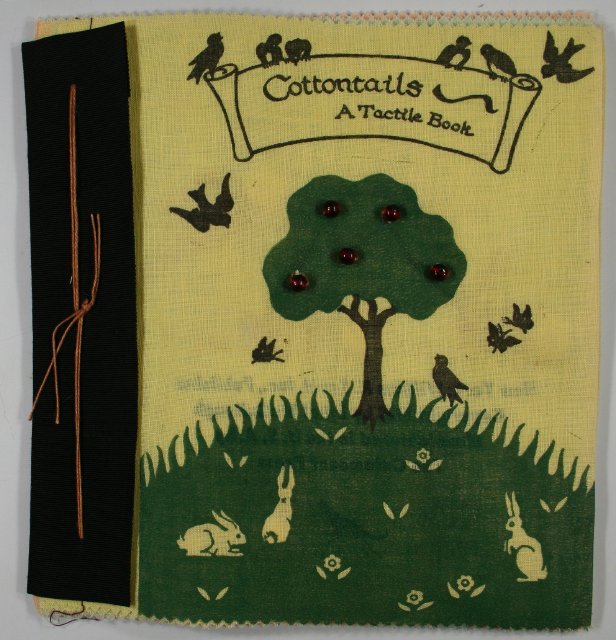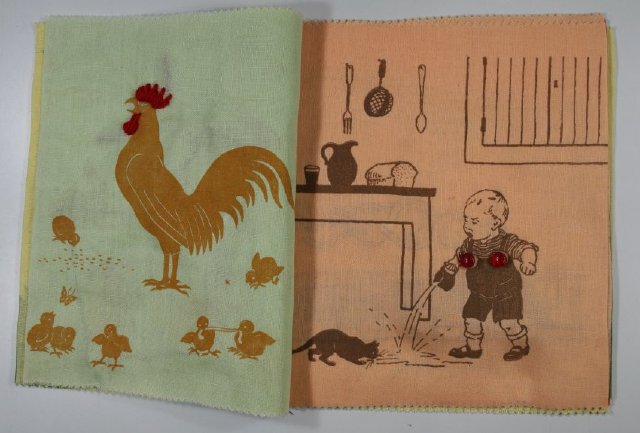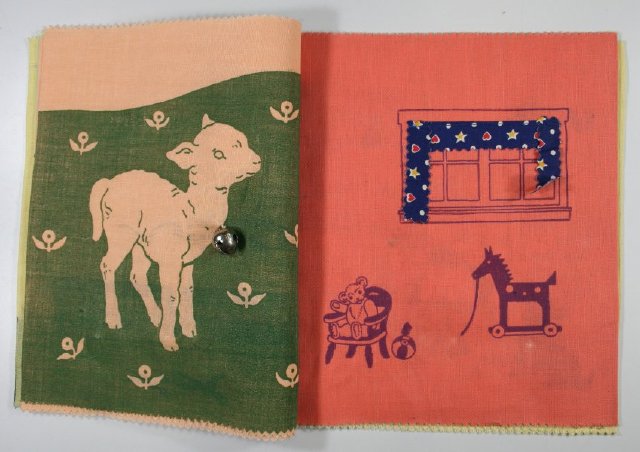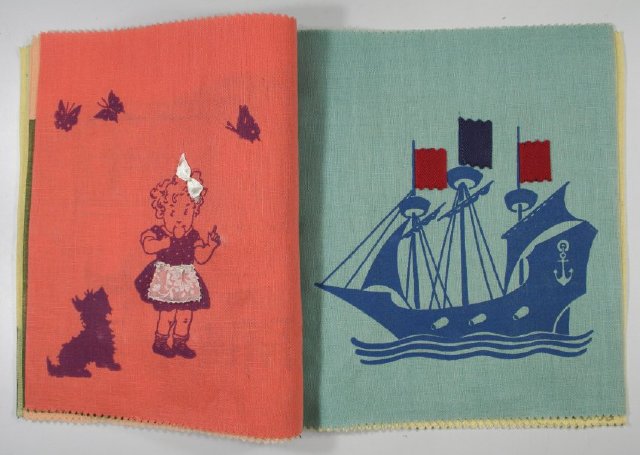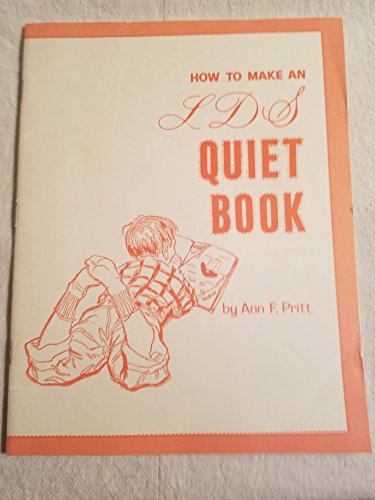If you have an interest in quiet books, I'm sure you will have seen some of the many pages featuring hedgehogs.
I've been thinking about making a hedgehog page lately, but not because I like them. I don't!
I remember a post from a quiet book group on Facebook - Quiet Book hints, tips & ideas by one of the moderators, Cheri Chiles. She blogs over at Fabric and Memories and was wondering why hedgehogs always seem to get things stuck to them and if that was something that real hedgehogs got up to in their spare time. What is the point of doing that as a quiet book activity?! I totally hear you Cheri!! Hedgehogs in a quiet book - I'm just not a fan.
Ok... so why am I thinking of making a hedgehog page then? Good question. Someone I know keeps spoiling me and buying craft goodies online. And she adores hedgehogs. What better way to say thank you than create a quiet book featuring that somewhat-cute creature.
So what is the deal with hedgehogs and quiet books?
You Tube sensation Irina Sorokina of My Craft Quiet Books fame has the answer. Both hedgehogs and quiet books abound in eastern Europe. Hedgehogs inhabit the forests and the fairy tales, and they are very popular with children. I'll leave a couple of folk tale examples below and then carry on with why they get to get stuff stuck to them.
 |
| In The Hoop With Lee sells this machine embroidery design |
I've been thinking about making a hedgehog page lately, but not because I like them. I don't!
I remember a post from a quiet book group on Facebook - Quiet Book hints, tips & ideas by one of the moderators, Cheri Chiles. She blogs over at Fabric and Memories and was wondering why hedgehogs always seem to get things stuck to them and if that was something that real hedgehogs got up to in their spare time. What is the point of doing that as a quiet book activity?! I totally hear you Cheri!! Hedgehogs in a quiet book - I'm just not a fan.
Ok... so why am I thinking of making a hedgehog page then? Good question. Someone I know keeps spoiling me and buying craft goodies online. And she adores hedgehogs. What better way to say thank you than create a quiet book featuring that somewhat-cute creature.
So what is the deal with hedgehogs and quiet books?
You Tube sensation Irina Sorokina of My Craft Quiet Books fame has the answer. Both hedgehogs and quiet books abound in eastern Europe. Hedgehogs inhabit the forests and the fairy tales, and they are very popular with children. I'll leave a couple of folk tale examples below and then carry on with why they get to get stuff stuck to them.
Hungarian Folk Tales: The Hedgehog
Must Hedgehog Be Prickly? [1990]
Soviet cartoon with English subtitles
Irina also says that hedgehogs are predators and whilst they don't eat veggies, mushrooms or fruit, they do use them to repel insects. I found it a rather strange idea so I looked it up, and yes, it exists and is termed "self-anointing". The process often involves chewing things up with their saliva and coating themselves in the mix. It may also serve as a scent camouflage or type of chemical weapon! Ok, so maybe these pages are not so bad after all, but still, hedgehogs are just not part of my culture. I'd take a joey in a pouch over a bio-sludged hedgehog any day of the week.
If you think you might like to make your own hedgehog page, check out this helpful tutorial and free pattern from Irina below. Then you can self anoint the hedgehog to your heart's content.
My Craft - Quiet book tutorial:
"the hedgehog" page + template
What do you think - do you love a good hedgehog quiet book page? Or are you with me?


